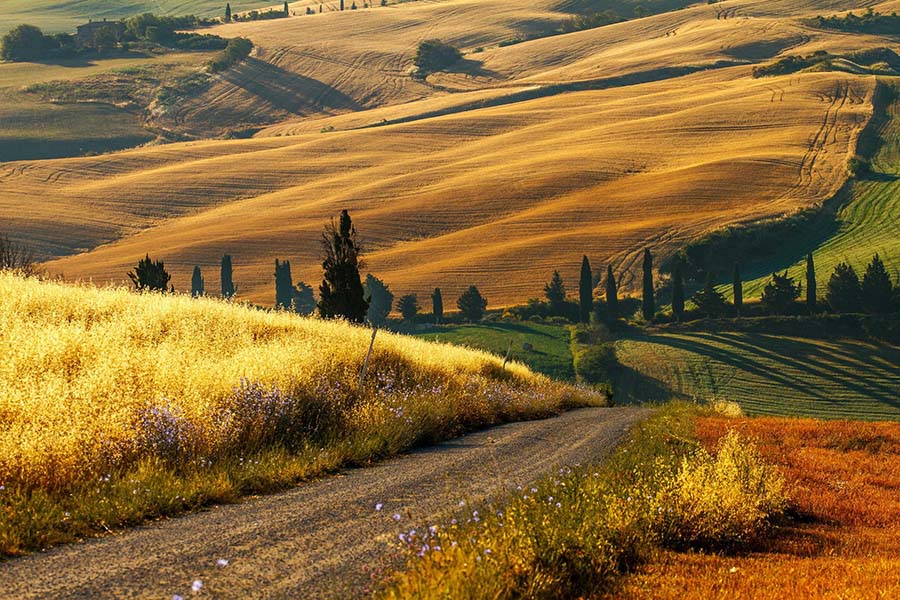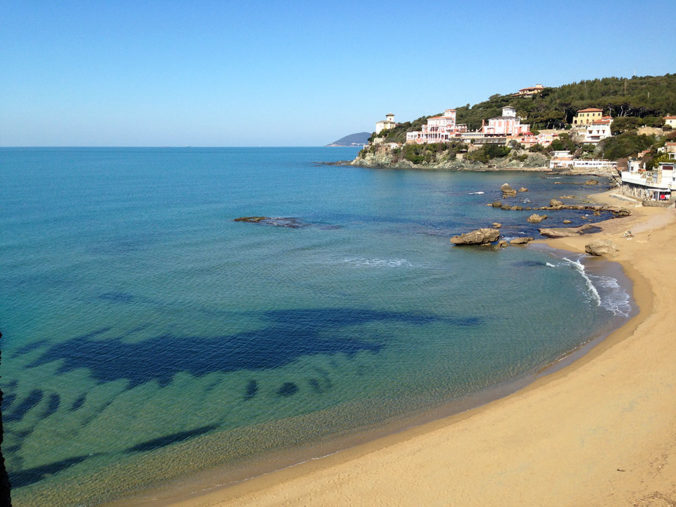The Val di Cecina runs along the river Cecina in the southern part of the Pisa province and into the central portion of the Livorno province. This land of hills and rivers opens towards the sea in the west, where its thousand years history of human activity is connected with natural and environmental resources. In addition to examples of Etruscan, Roman and medieval history, the Val di Cecina brings together a number of environments: from the agrarian Volterra landscape, to the forest complex of the Berignone, Montenero and Monterufoli Nature Reserve; from the impervious Metallifere hills to the vast flood planes of the Cecina river.
A land rich in mineral resources – more than other areas in Tuscany – the area’s geological landscape is characterized by the geothermal energy fields in Larderello, with underground geysers and thermal springs, striking crags of Volterra, clay cliffs and vast green rocks, each feature presents various minerals, especially copper and the famous local chalcedony. Visiting ancient trails, the numerous Etruscan sites or the splendid forests of the Reserves means understanding the history of man and its thousand years relationship with nature.



